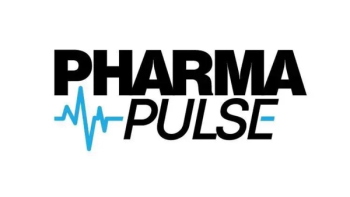
- Pharmaceutical Commerce - July/August 2011
IT vendor takes on the FDA adverse-events database
Competitive analysis of manufacturers’ products is one potential commercial offering
Everyone associated with the current MedWatch adverse-events reporting system—including FDA—recognizes its lack of comprehensiveness, and the difficulty of extracting meaningful value from it. FDA has a years-long effort, FAERS, to update its system, along with a more far-reaching Project Sentinel to make the datagathering and analysis more effective. But a small California firm,
Brian Overstreet, president, says he became interested in MedWatch while attempting to get information on the adverse event a close friend seemed to be experiencing, but found no ready way to do so. “You can get an idea of the problems when you realize that one drug—Ambien—can be listed 450 ways in MedWatch,” he says. “The best reporting comes from manufacturers themselves, but there is no consistency across how events are reported, what the symptoms or underlying conditions are—even such low-level problems as keystroke errors,” he says. Overstreet looks to his prior experience as a founder of a database publisher called Sagient Research Systems, now a privately held research service for investors, as a measure of his company’s database prowess.
Adverse Events has spent the past two years developing what Overstreet calls RxFilter, a “17-step proprietary process” to cleanse the MedWatch data (which are updated and publicly available quarterly). The company will provide counts of adverse events by drug or condition, and part of the results will be publicly available. At the same time, it is developing a competitive-intelligence tool for pharma business managers to analyze AER trends; this will be unveiled next month at the Pharma CI Conference (Parsippany, NJ; Sept. 13-14;
How good will Adverse Events’ data be? That will be demonstrated by its commercial users, says Overstreet. According to him, there is no ultimate authority that validates how well AEs are reported, which is itself a problem with the system. Overstreet says the company is working with medical faculty at a university to evaluate the usability of their datasets.
Articles in this issue
about 14 years ago
Pharma IT is going to the cloudsabout 14 years ago
Book Reviewabout 14 years ago
Express Scripts Tackles Medication Adherence With SAS Analyticsover 14 years ago
New Labeling Laws Encouraging Innovative Ways to Update Rx Drug Infoover 14 years ago
Cardinal Health Opens Collaboration Center for RadiopharmaceuticalsNewsletter
Stay ahead in the life sciences industry with Pharmaceutical Commerce, the latest news, trends, and strategies in drug distribution, commercialization, and market access.





